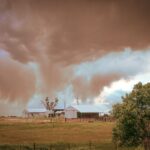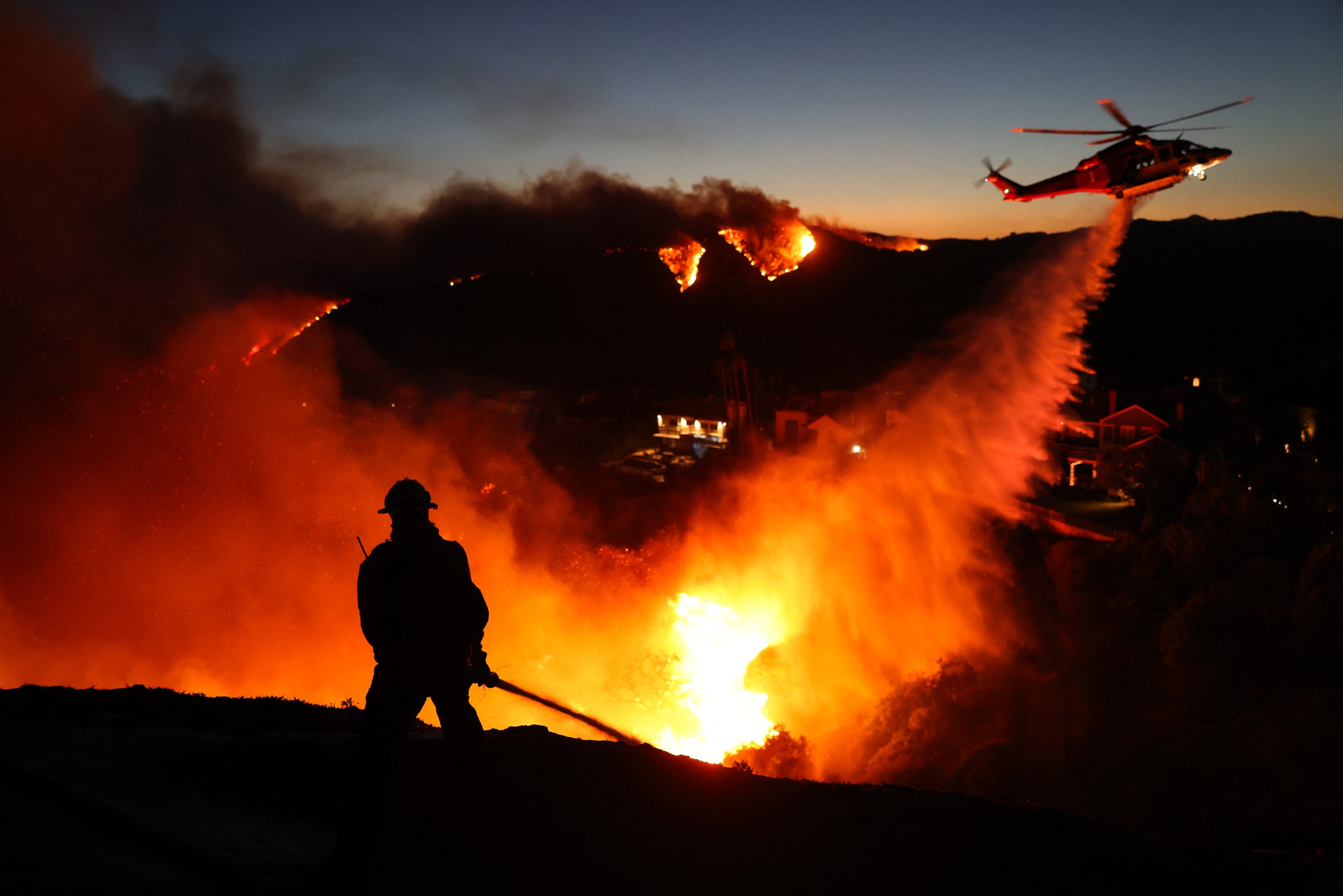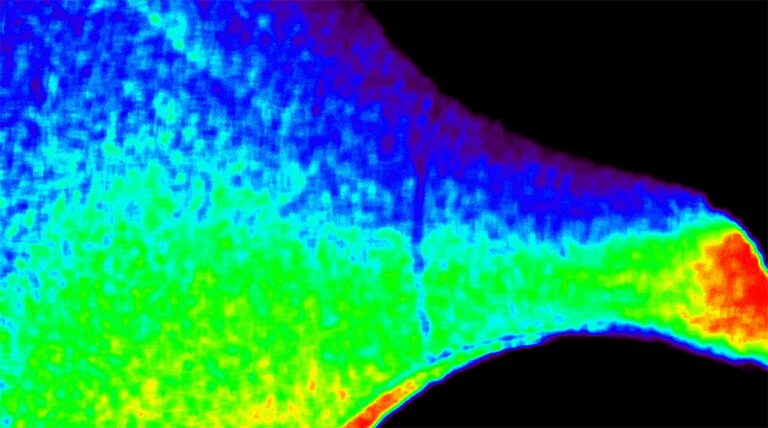The fires have claimed at least ten lives and led to the evacuation of approximately 180,000 residents. Over 10,000 structures have been destroyed, with financial damages estimated between $135 billion to $150 billion. Major Fires and Affected AreasThe most significant blazes include the Palisades Fire, Eaton Fire, and Hurst Fire. The Palisades Fire alone has scorched nearly 16,000 acres, resulting in the loss of over 1,000 structures.
These fires have devastated communities, including the Pacific Palisades neighborhood, and have impacted notable figures such as Tom Hanks, Paris Hilton, and Mel Gibson, who have reportedly lost homes. Emergency Response and ChallengesThe Los Angeles Fire Department (LAFD) has been stretched thin, battling the blazes amid criticisms of budget cuts and resource allocation.
Concerns have been raised about dry hydrants and the prioritization of diversity, equity, and inclusion (DEI) initiatives over fire prevention measures. Additionally, the absence of Mayor Karen Bass, who was in Ghana as the fires erupted, has drawn public scrutiny. Political ReactionsPresident-elect Donald Trump has criticized California Governor Gavin Newsom, attributing the severity of the wildfires to poor forest management and water policies.
Trump’s comments have sparked debate, especially given the ongoing evacuations and firefighting efforts. Community Impact and Safety MeasuresPublic schools remain closed due to hazardous air quality, though meal services continue for students in need. Authorities have imposed curfews in affected areas to prevent looting, with several arrests made.
Residents are urged to comply with evacuation orders and stay informed through official channels. Looking ForwardAs firefighting efforts continue, the focus is on containment and assessing the long-term impacts on the community and infrastructure.
The recent events underscore the need for comprehensive strategies to address wildfire prevention, resource allocation, and emergency response to mitigate future disasters.

















+ There are no comments
Add yours